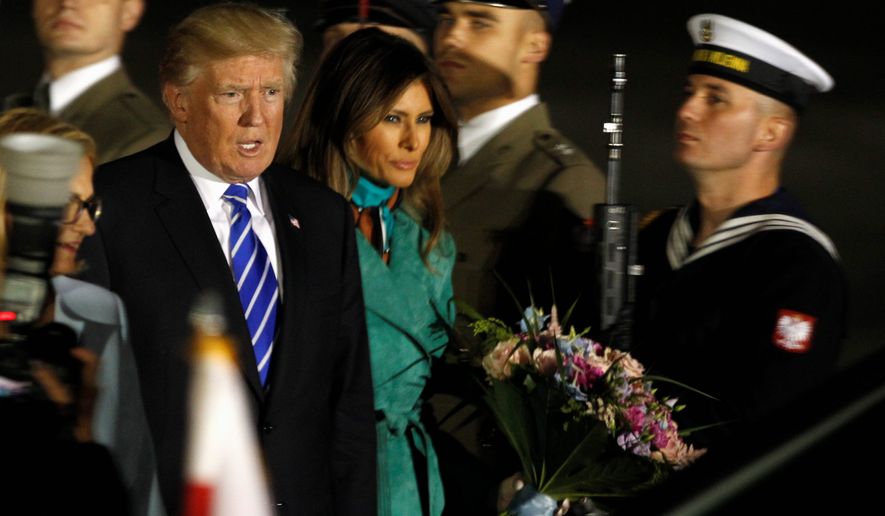OPINION:
The North American Treaty Organization (NATO), considered by many historians as the most successful military alliance in history, has a new lease on reality.
NATO’s largest war game in more than 16 years, called Trident Juncture, will be held in Norway over two weeks this month and in November, with more than 45,000 troops participating, combining land, air and sea elements. The exercise will include 150 warplanes, more than 60 ships and 10,000 rolling or tracked vehicles. The USS Harry S. Truman aircraft carrier strike group and its 6,000 officers and men will join. The United States has increased its military presence in Norway in recent years by adding a permanent force of 300 Marines, and that is to be doubled soon.
Although the exercise will take place more than 600 miles from Russia, and the NATO warplanes won’t fly within 300 miles of the old Soviet Union, it’s no secret why the exercise is planned so close to the Russians. Vladimir Putin’s seizure of Crimea in 2014, his continued support for armed dissidents in eastern Ukraine and his propaganda against the three Baltic states the Soviets once ruled have once more raised the threat of Russian aggression.
Trident Juncture comes after a contentious NATO summit in the summer, when President Trump threatened to withdraw American membership in NATO unless other nations raised their annual contributions. “I let them know that I was extremely unhappy with what was happening [about] defense spending,” he said. “And as a result, they are going to be raising contributions to levels they never thought possible. What they are doing is spending at a much faster clip.”
NATO was established in 1949 to provide collective security against Soviet expansion. Ten European nations signed the original agreement along with the United States and Canada. In signing the treaty, the original members agreed that “an armed attack against one or more of them shall be considered an attack against them all,” and to which each member would respond by taking “such action as it deems necessary, including the use of armed force.”
The collective agreement instructed member countries to spend 2 percent of their gross domestic product on defense by 2024. According to the most recent detailing of defense expenditures, only five countries do that, the United States, Greece, Britain, Estonia and Latvia.
President Trump, in a heated closed-door session warned: “I can do whatever I want because this alliance has no legitimacy.” He told the other delegates that “spending must be raised by January 2019, or the United States would go it alone.”
But in later public statements in the months after, he said ” the United States had not been treated fairly but now we are. I believe in NATO. NATO is now a fine-tuned machine.” Still, fine tuning continues. Mr. Trump had demanded that members double their defense spending to 4 percent of GDP. Last year members raised their defense spending by $33 billion.
Mr. Trump tangled with Germany’s Chancellor Angela Merkel, arguing that she was beholden to Russia over Germany’s involvement in the Nord Stream gas pipeline project, aimed at doubling Russia energy imports. The issue has become more complicated with the United States again an energy exporter with the dramatic breakthrough in the production of American shale oil and natural gas.
The United States had for so long been regarded by Europe as its permanent daddy that the idea of paying a fair share for its own defense seemed impossible, or at least highly improbable. But President Trump, with undiplomatic and rough-hewn ways, showed that he could change those expectations to everyone’s benefit.




Please read our comment policy before commenting.